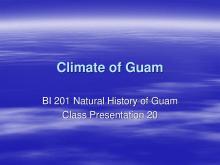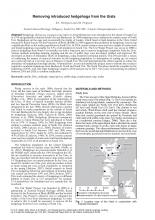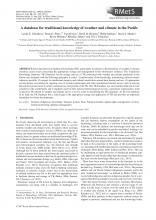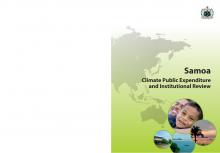Removing introduced hedgehogs from the Uists.

Island and Ocean Ecosystems
Available Online
Ferguson, J.M.
,
Thompson, R.C.
2019
Hedgehogs (Erinaceus europaeus) are native to Great Britain but were introduced to the island of South Uist in 1974 and gradually colonised South Uist and Benbecula. In 1999 hedgehogs were confirmed in southern areas of North Uist. Hedgehogs eat the eggs and occasionally the chicks of waders, which breed at high densities in the Uists. Initial research by Royal Society for the Protection of Birds (RSPB) in 1998 suggested that predation by hedgehogs was having a significant effect on the wader populations in South Uist. In 2014, remote cameras were used on a sample of wader nests and found hedgehogs responsible for 52% of all predation in South Uist. The Uist Wader Project was set up in 2000 to remove hedgehogs from North Uist initially, but with a long-term aim to remove hedgehogs completely from the Uists. Various methods including lamping, trapping and the use of sni?er dogs were developed, trialled, and improved. We developed an Index of Abundance (IOA) of hedgehogs, using footprint monitoring tunnels. This IOA provides a means of confirming the impact of removal activities on the hedgehog population. In anticipation of scaling up, we carried out a removal trial on a two km² area at Drimore in South Uist. The trial demonstrated the e?ort required to reduce the abundance of hedgehogs from high density, 30 animals/km2, to zero and enabled the project team to estimate the resources required to eradicate hedgehogs from Benbecula, North and South Uist. The North Uist phase should be complete by the beginning of 2018, with only eight hedgehogs caught in 2016 and just one in 2017. Two years of monitoring are planned between 2018 and 2020, to confirm eradication.




